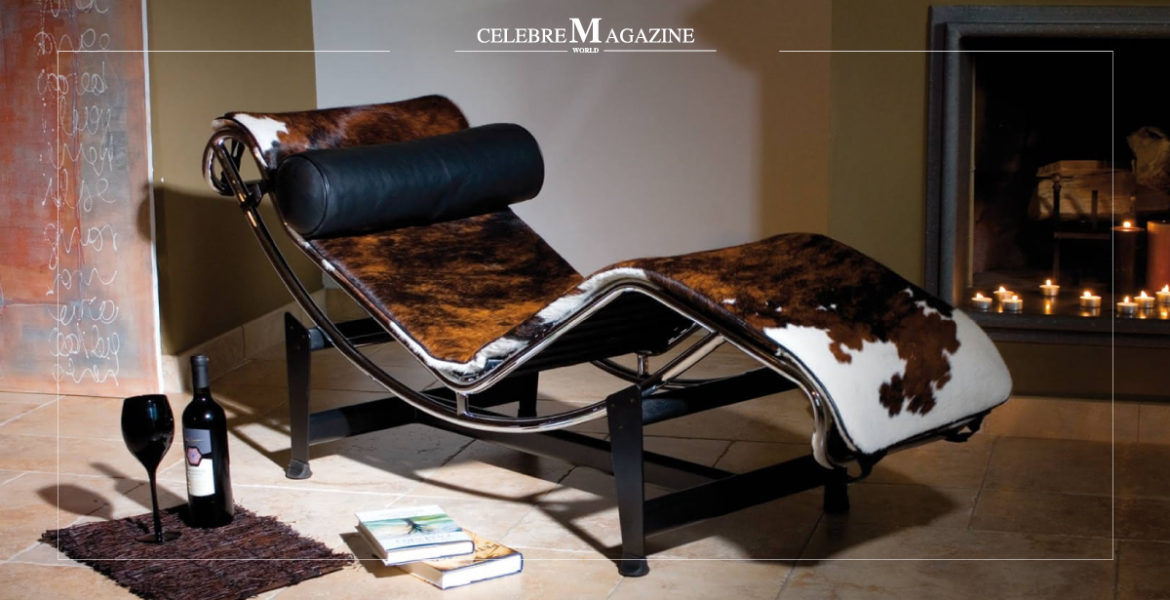October 6th, 1887 marks the birth of one of the greatest architects to date: Charles-Édouard Jeanneret. Architect, painter, writer and urban planner. Known as Le Corbusier (the name he chose after an alteration of his grandfather’s name Lecorbésier) he will become the pioneer of modern architecture, managing to influence and inspire even the 21st-century art scene.
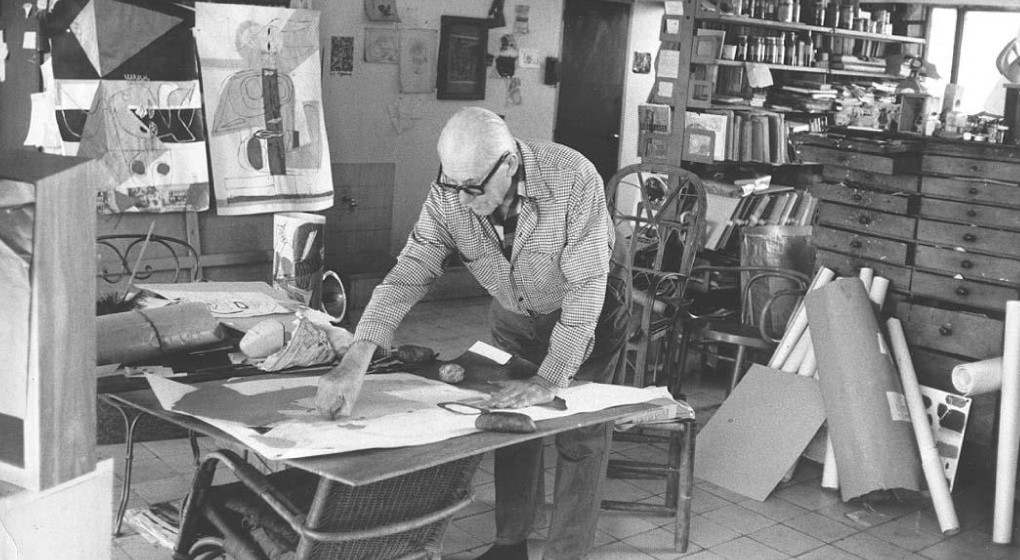
Born in a family of artists (his mother was a musician and piano teacher, and his father a painter of watch dials), he left school when he was 13 because “schools were very mean in the past, they were no fun.” Instead he attended Arts Décoratifs at La Chaux-de-Fonds where he learned to engrave watch faces and enamelling, just like his father did. Here he met L’Eplattenier, a swiss painter and architect that created the Swiss version of Art Nouveau, and that would remain the only teacher for him, as he later stated. L’Eplattenier guided Le Corbusier through studies of art history, the naturalist aesthetics of art nouveau and drawing, and insisted that he learned architecture. He was the one that got him, his first commissions as an architect, working on local projects.
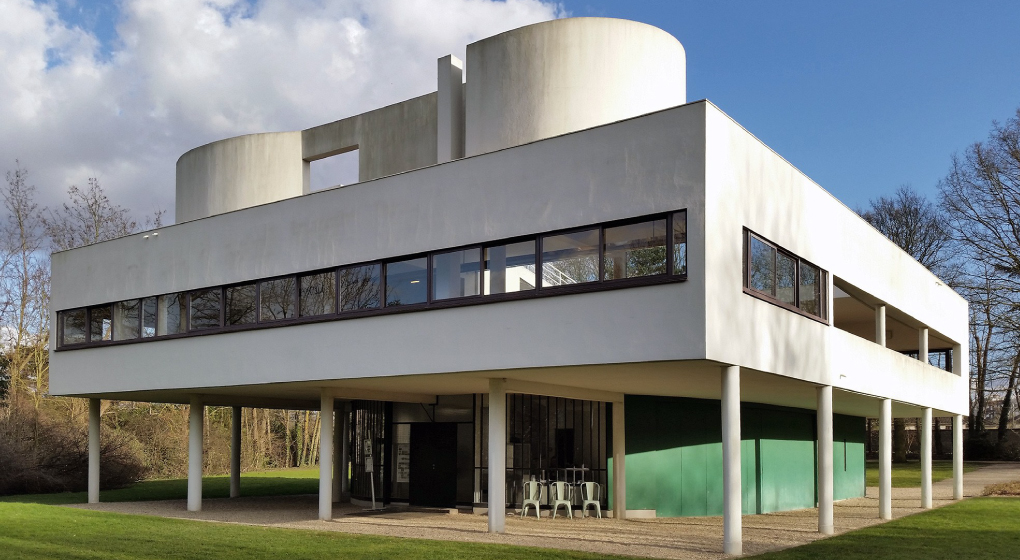
Le Corbusier went on self-teaching himself architecture by reading books, visiting museums and sketching buildings on his trips through Europe. His travels played a crucial role in defining of his vision, allowing him to observe classic architecture and the way culture blends into it. He was one of the founders of Purism, a concept that favoured the representation of objects as pure forms with no details. He was also the promoter of affordable prefabricated housing, with open space and no obstructive support poles, so that the interior and exterior walls would be free from structural constraints.
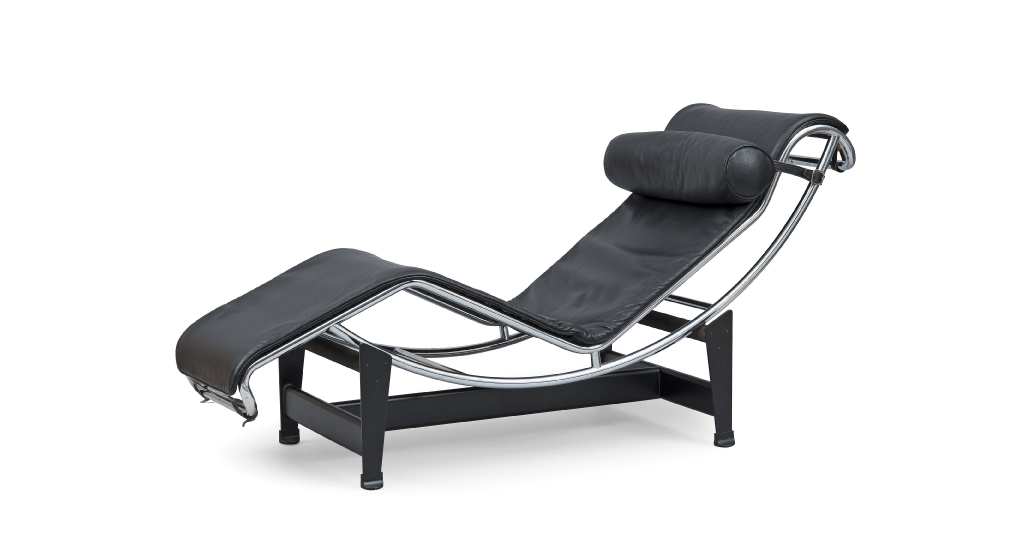
The structure raised from the ground and placed on support pillars, with a roof garden terrace, horizontal ribbon windows and no ornaments on the façade, would come to define the modern architecture. Le Corbusier’s green roofs were meant to give back to nature the space occupied by the building, a concept that gained popularity in the 21st-century. In 2016, UNESCO named 17 architectural works of Le Corbusier as World Heritage. One of the most emblematic buildings he ever designed is the Villa Savoye in Poissy, France, a structure that embodies the whole 5 Points of Architecture as defined by Le Corbusier. A controversial and polemic character, Le Corbusier was invited to lecture in Rome in 1934, by the Italian fascist prime minister Benito Mussolini, and met with Alfred Einstein in 1964 at Princeton University.
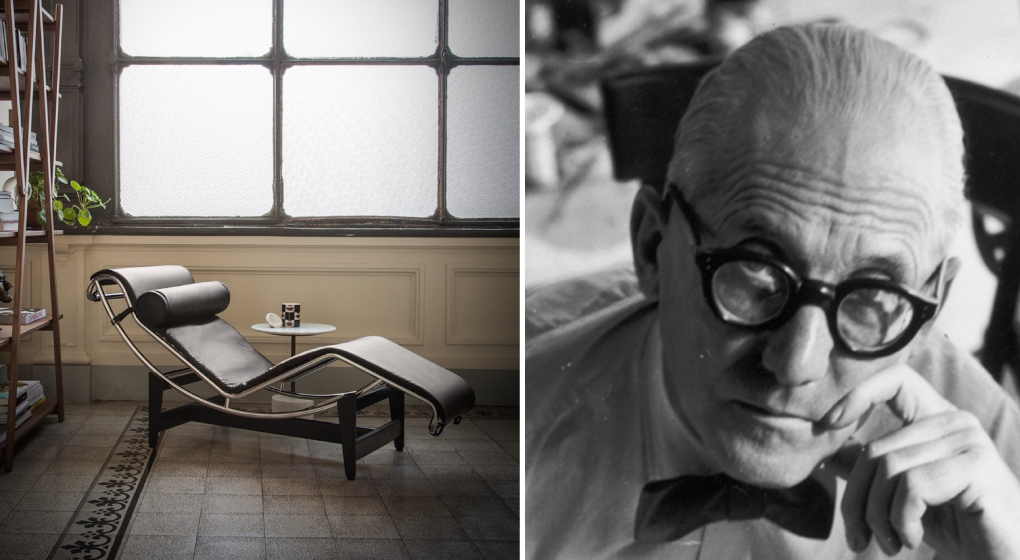
But he established himself as a complex artist and his works have never benn limited to architecture. In 1928, along with Charlotte Perriand and Pierre Jeanneret, he designed the Chaise Longue LC4 chair, part of an avant-garde collection in Paris. The design was unique, unlike anything ever made before. The ergonomic shape followed the natural position of the body, and it is considered a landmark in the history of modern furniture. It would be only in 1965 that the chair became famous, thanks to Cassina, the renowned Italian manufacturer. The LC4 Chaise Longue, for the first-time, have had the human body at the center of the concept: making relaxation the main feature of the seemingly simple and ingenious design. Le Corbusier’s Relaxing Machine Chaise Longue will be since then regarded as a “relaxing machine”, one of the most notorious pieces of furniture designed by Le Corbusier.

People mostly reject change, as it is hard to come out of the comfort zone and set aside stereotypes. But that did not stop Le Corbusier. He stormed into the world with his out-of-the-box vision, becoming the Picasso of architecture and the emblem of modernity.
by Claudia Ciclovan

